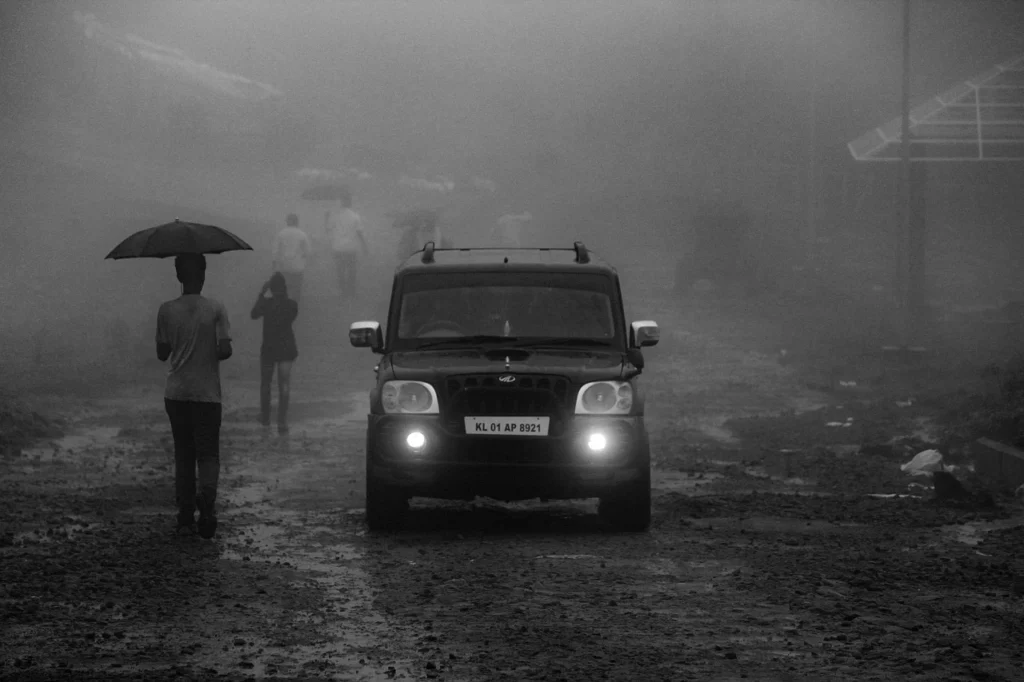After a car accident, victims often assume that the at-fault driver’s insurance will cover all their damages, including medical expenses, lost wages, and property damage. Unfortunately, this isn’t always the case. If the at-fault driver’s insurance coverage is inadequate, you may face unexpected financial burdens. However, there are steps you can take to secure the compensation you deserve.
This comprehensive guide will help you understand your options when dealing with insufficient insurance coverage and how to navigate the claims process effectively. If you’re facing this challenge, get a free case evaluation to learn how a personal injury lawyer can help protect your rights.
Table of Contents
- Understanding Insurance Coverage Minimums
- What Does “Inadequate Insurance Coverage” Mean?
- Steps to Take After Discovering the At-Fault Driver’s Coverage Is Insufficient
- How Uninsured/Underinsured Motorist Coverage Can Help
- Other Avenues for Compensation
- The Role of a Personal Injury Lawyer in Handling Inadequate Insurance Cases
- Conclusion
- Focused Keywords
Understanding Insurance Coverage Minimums
Each state sets its own minimum requirements for liability insurance, which is the coverage that pays for damages caused by the at-fault driver. Unfortunately, these minimums are often insufficient to cover the full extent of damages in a serious accident.
For example:
- Bodily Injury Coverage: Some states require as little as $15,000 per person, which may not even cover the cost of an ambulance ride and initial emergency care.
- Property Damage Coverage: Minimum limits for property damage can be as low as $5,000, which won’t come close to covering the cost of repairing or replacing a modern vehicle.
What Does “Inadequate Insurance Coverage” Mean?
Inadequate insurance coverage occurs when the at-fault driver’s liability insurance is not enough to cover all the damages resulting from the accident. This may include:
- Medical expenses that exceed the bodily injury coverage limit.
- Property damage costs that surpass the policy’s property damage limits.
- Lost wages or long-term disability costs that aren’t addressed by the available coverage.
When this happens, victims are left to cover the remaining expenses out of pocket unless alternative sources of compensation are identified.
Steps to Take After Discovering the At-Fault Driver’s Coverage Is Insufficient
If you find out that the at-fault driver’s insurance coverage is inadequate, follow these steps:
1. File a Claim with the At-Fault Driver’s Insurance
Even if the coverage is insufficient, file a claim to secure whatever compensation is available under the policy.
2. Assess Your Own Insurance Policy
Review your auto insurance policy to determine if you have uninsured/underinsured motorist (UM/UIM) coverage or other applicable policies.
3. Document Your Damages
Keep detailed records of all accident-related expenses, including medical bills, repair costs, and lost wages. This documentation will be critical when pursuing additional compensation.
4. Consult a Personal Injury Lawyer
An experienced lawyer can identify additional sources of compensation and guide you through the claims process.
How Uninsured/Underinsured Motorist Coverage Can Help
Uninsured/Underinsured Motorist (UM/UIM) coverage is designed to protect you in situations where the at-fault driver’s insurance is inadequate. Here’s how it works:
1. Uninsured Motorist (UM) Coverage
If the at-fault driver has no insurance, your UM coverage can help pay for your medical bills, lost wages, and other damages.
2. Underinsured Motorist (UIM) Coverage
If the at-fault driver’s insurance doesn’t cover all your damages, your UIM coverage can make up the difference, up to the limits of your policy.
3. Stacking Coverage
In some states, you can “stack” UM/UIM coverage from multiple vehicles on your policy, increasing the total compensation available.

Other Avenues for Compensation
If the at-fault driver’s insurance and your UM/UIM coverage are insufficient, there are additional options to consider:
1. Personal Assets of the At-Fault Driver
In some cases, you can pursue a lawsuit to recover damages from the at-fault driver’s personal assets. However, this is only effective if the driver has substantial assets.
2. Health Insurance
Your health insurance may cover some of your medical expenses. However, you may be required to reimburse your insurer if you later receive a settlement.
3. Third-Party Liability
If another party contributed to the accident, such as a vehicle manufacturer or government agency responsible for road maintenance, you may be able to file a claim against them.
4. Victim Compensation Funds
Some states have compensation funds for victims of uninsured or underinsured drivers. These funds can provide additional support in qualifying cases.
The Role of a Personal Injury Lawyer in Handling Inadequate Insurance Cases
Navigating a case involving inadequate insurance coverage can be challenging. Here’s how a personal injury lawyer can help:
1. Evaluating Your Case
A lawyer will assess your damages, review insurance policies, and identify all potential sources of compensation.
2. Negotiating with Insurance Companies
Insurance companies often try to minimize payouts. A lawyer can negotiate on your behalf to ensure you receive fair compensation.
3. Filing Additional Claims
If the at-fault driver’s insurance is insufficient, your lawyer can help you file a claim under your UM/UIM coverage or explore third-party liability.
4. Pursuing Legal Action
If necessary, a lawyer can file a lawsuit to recover damages from the at-fault driver or other responsible parties.
5. Maximizing Compensation
A lawyer will ensure that all damages, including medical bills, lost wages, pain and suffering, and future expenses, are accounted for in your claim.
Conclusion
Discovering that the at-fault driver’s insurance coverage is inadequate can be frustrating and overwhelming. However, by understanding your options and seeking legal guidance, you can still recover the compensation you need to cover your damages. From leveraging your own insurance policy to exploring third-party liability, there are multiple avenues to pursue.
If you’re dealing with inadequate insurance coverage after an accident, don’t face the process alone. Get a free case evaluation to learn how a personal injury lawyer can help you navigate your case and secure the compensation you deserve.
Focused Keywords
- Inadequate insurance coverage after an accident
- Compensation for underinsured driver accidents
- Filing UM/UIM claims
- Legal help for insufficient insurance coverage
- Personal injury claims with inadequate coverage

